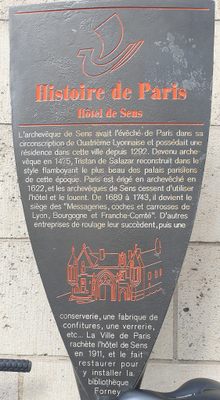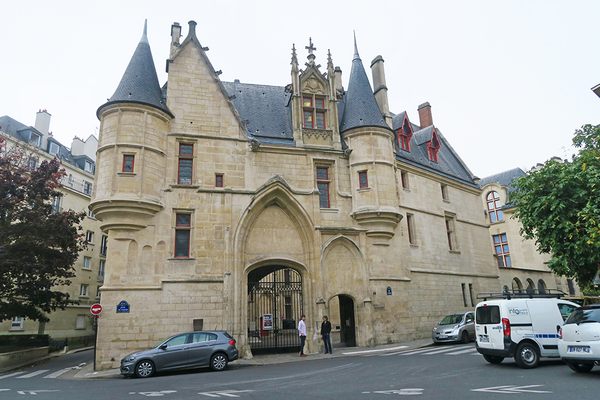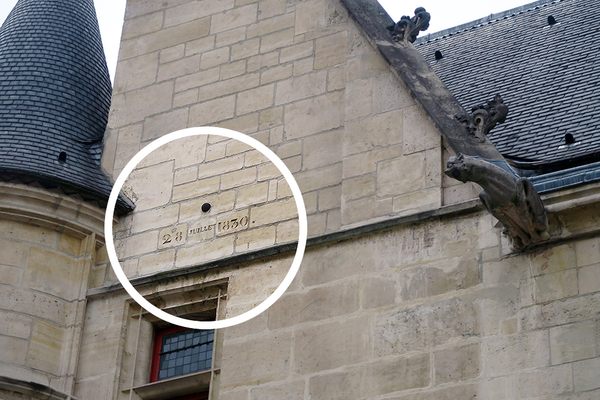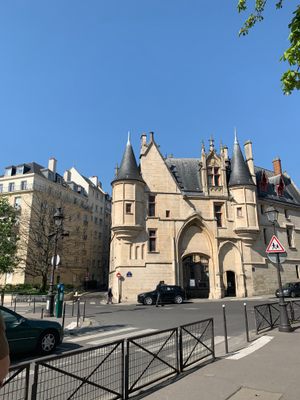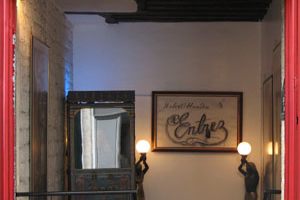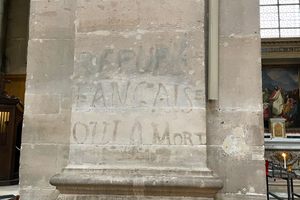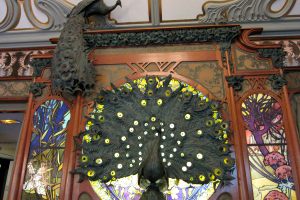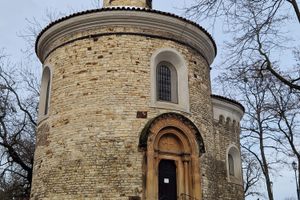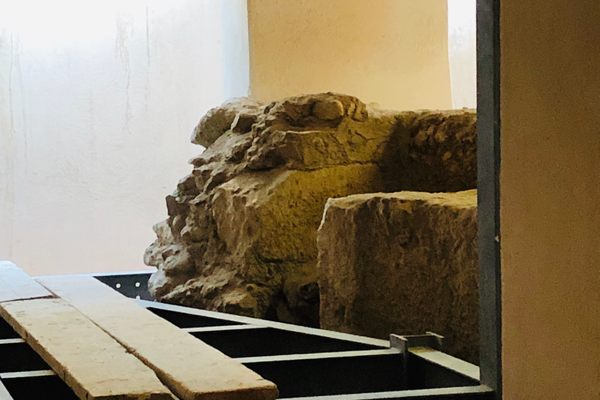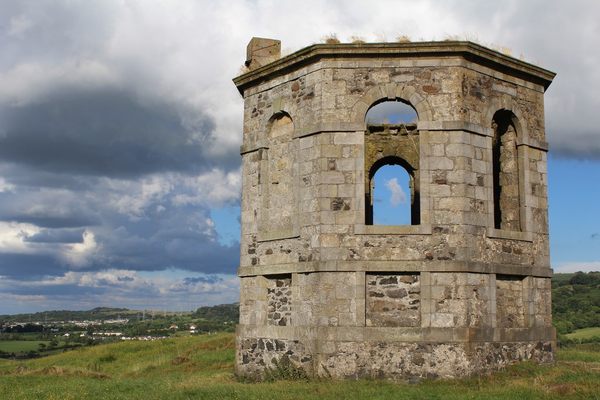About
Paris is well-known for being a sort of architectural laboratory. Its urban spaces are morphed over time by industry, esthetics, and speculative real estate needs.
As with any city, this process often involves developers who have no qualms about destroying ageless construction. Like winged predators, should a building be damaged by fire, or display too obviously the wounds of the many revolts that the French capital has witnessed, developers quickly swoop in to devour it.
Considered the original part of Paris, the south side of the Hotel de Ville district was partially destroyed in the fifties to build housing, erasing in a few years the sprawling medieval architecture standing on the Seine border since the 15th century. This new development project was partly agreed upon because the ruins carried in its walls the stigmas of the French Revolution and the Paris Commune insurrection. The Hotel de Sens is the only building in the area that actually survived this architectural erasure, having the double quality of being one of the only vestige of profane Middle Age architecture and probably the most curious reminder of parisian conflicts.
Erected between 1474 and 1519 by Tristan de Salazar for the Archibishop of Sens, the fortress-like mansion, with its turrets and garoyles, exudes a certain anachronic elegance. Abandoned for decades, the mansion once housed many unlikely owners, from the legendary Queen Margot, the debauched ex-wife of Henry IV, as well as random storekeepers and a marmalade factory.
On July 28th, 1830, during the three insurrection days against King Charles X, the revolting citizens besieged the Hotel de Ville district, building baricades and shooting cannons into the old city. One of those cannonballs hit the Hotel de Sens, and remains fixed on the eastern facade of the mansion. The date of the event is now carved in the stones under the enshrined projectile, turning it into a genuine and very unusual memorial to the French Revolution.
Related Tags
Community Contributors
Edited By
Published
October 9, 2012




